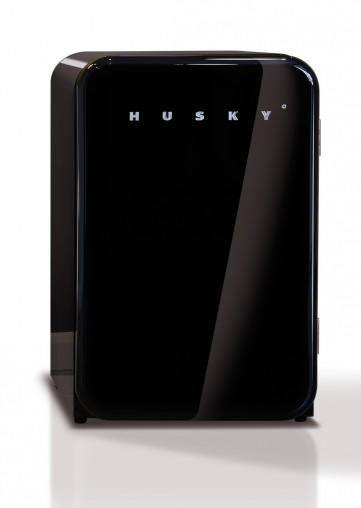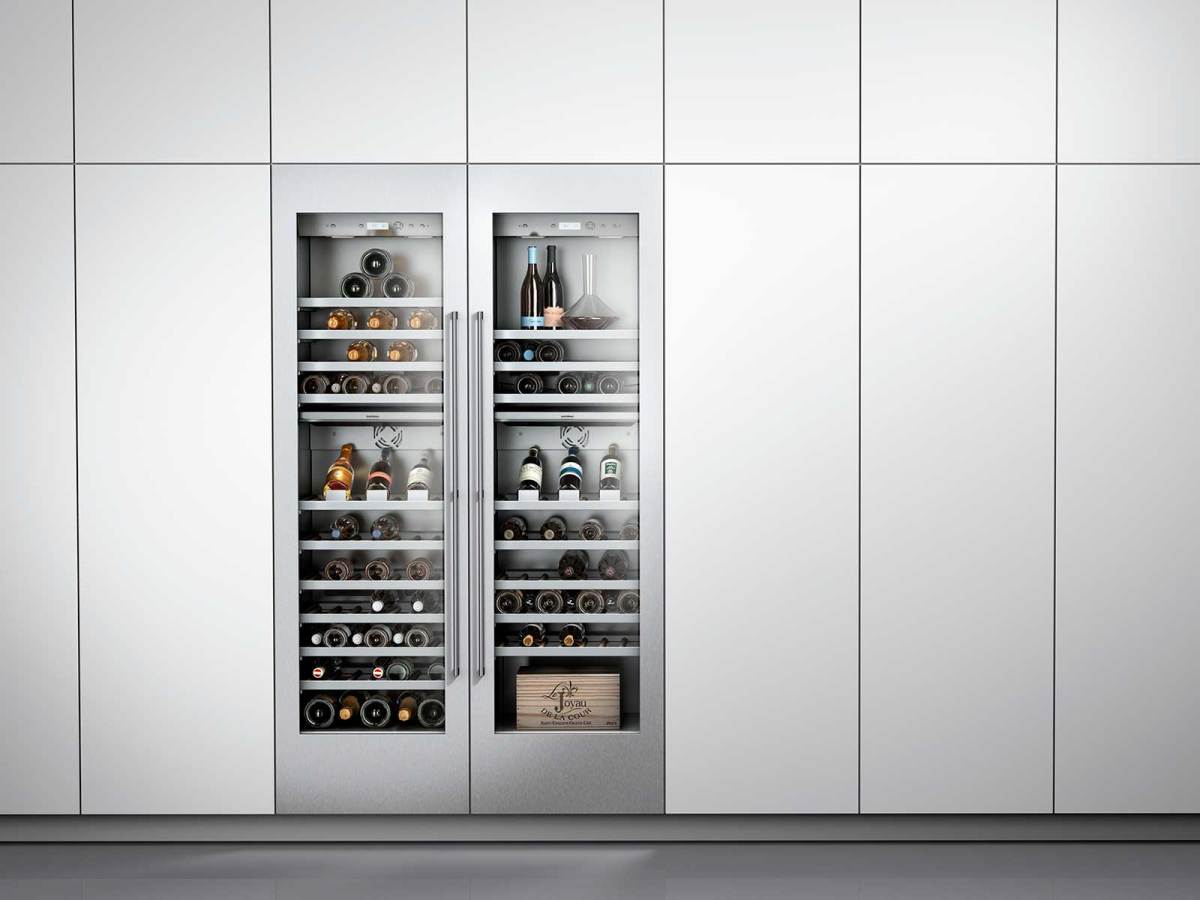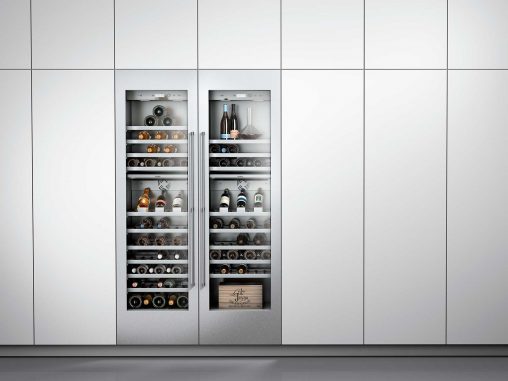
- Explaining the proper requirements for wine storage is at the heart of driving sales in this category. Wine cabinets are not only for serious collectors but anyone interested in drinking wine at the ideal temperature.
- Wine cabinets are increasingly vying for space in the bank of built-in appliances in newly-designed and renovated kitchens, with brands supplying products with the same aesthetic across multiple appliances.
- Summer is a perfect time to promote the category as a way to make entertaining in the home easier.
The wine cabinet and beverage cooler market is still in its infancy, however, it is growing, buoyed by Australians’ love of wine and better understanding of the need to store it correctly. With more brands entering the category — at competitive price points — these products are no longer aimed solely at serious collectors but all wine drinkers.
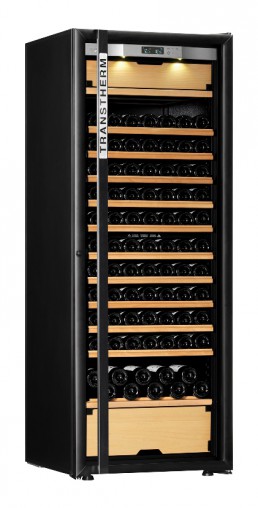
The category is increasing its prominence in the home, with built-in wine cabinets fighting for a space in the bank of major appliances integrated into kitchens, according to Vintec Australia director Jean-Marie Simart.
“In Europe, all newly designed kitchens incorporate a wine cabinet,” he said. “We see this trend coming to Australia with its full effect within the next five years.”
Simart said that in the medium term, Vintec sees a stronger demand for its products based on a better awareness from the public of the necessity to take proper care of their wines. This growth has led to an increase in supply, though Simart is derisive of some of Vintec’s competitors.
“The wine cabinet industry is still in its infancy and is growing steadily. All major manufacturers of whitegoods now have their limited ranges of products and small importers are baptising cheap fridges as ‘wine coolers’ for the occasion appear and disappear regularly.
“Our position of leader in this industry makes us able to get the full benefit of this situation.”
One feature that may become a key point of distinction between wine cabinets is how energy efficient they are. Currently they are exempt from the energy star rating that applies to refrigerators. The volume of wine cabinet sales is not yet big enough to make them a priority for regulation, Simart says, however this is likely to change in the next few years.
“On a short term we will see a growing emphasis on energy efficiency with a move from the authorities to regulate wine cabinets. Vintec has already worked on it with the adoption of the refrigerant R600 and with new products coming soon.”
Made in France, Vintec’s 2015 Transtherm ‘Prestige’ range will be launched this month. The new products will have a better design, an improved control system and will be more energy efficient.
ILVE has partnered with Vintec to distribute ‘ILVE by Vintec’ built-in Wine Cellars, which are designed to match ILVE’s existing kitchen range.
“Wine cellars are very much a product that not everyone considers primarily, but definitely warm to when the benefits are made obvious,” said Daniel Bertuccio, marketing manager at ILVE’s distributor Eurolinx. “The biggest issue is the responsibility to make consumers aware of what is available to them in terms of the range of wine cellars.”
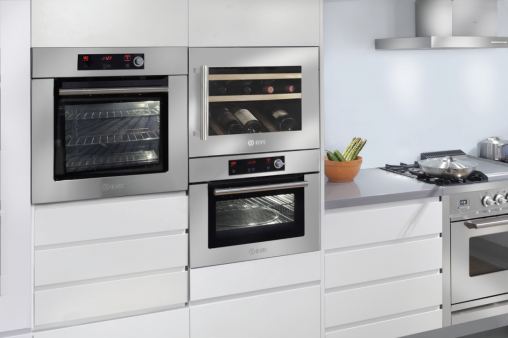
The go-to-market strategy for ILVE’s wine cellars and beverage coolers is to incorporate them into the broader marketing of ILVE’s major kitchen appliances, thereby “selling the whole range of dream of appliances to the consumer”.
This strategy ties in nicely with Bertuccio’s advice for selling in this category. “Wine cabinets and beverage coolers are the perfect ‘add-on’ product to the kitchen, and are ideal for the customers that consider themselves entertainers at heart!
“Wine is very much a product that is in the now but a lot of people are concerned about correct storage for wine in their homes. In-home wine cellars are a great solution for optimum wine storage both long term, and ready to drink.”
Smeg is adding to its range of kitchen appliances with its wine coolers scheduled to arrive in Australia in 2015. The Italian brand made its debut into the wine cooler market earlier this year at EuroCucina in Milan.
“Pitched to both wine lovers and connoisseurs, it is a sophisticated answer to both practicalities and aesthetics,” said Jim Kalotheos, national marketing manager, Smeg Australia.
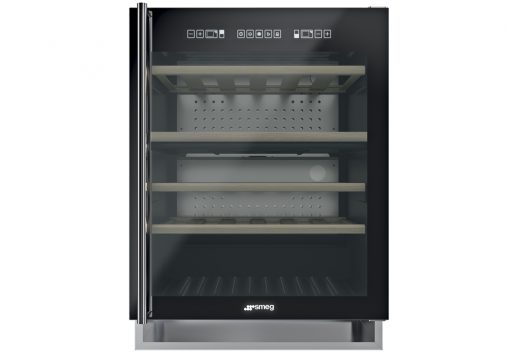
There will be two new models, a built-in compact and an underbench version, both designed to complement Smeg’s aesthetic, as well as the new range of Professional refrigeration due to arrive in Australia in 2015.
The 450-millimetre compact model has an 18-bottle capacity, while the underbench model accommodates 38. Both have timber shelves and a sophisticated temperature and humidity controls to cater to the storage requirements for red and white wines and champagne.
The underbench model has two separate zones, each with variable temperature that can be programmed independently. Special LEDs are used to illuminate each zone while internal ventilation and carbon filters eliminate any odours. The glass door has been treated to provide complete protection from UV rays and has an alarm that is activated should it be left open.
While retailers will have to wait until next year for Smeg’s new models, the approaching festive season means consumers will have wine of their minds.
“Home solutions that make hosting easier and more enjoyable suddenly have a stronger appeal,” said Helen Finlayson, category marketing manager, De’Longhi.
“Summer is also the time of year when Australia’s wine regions come to life. The growing wine culture in Australia means people are increasingly involved with wine, engaging in tastings, tours and, of course, building collections at home to be cherished and nurtured for years to come.”
Finlayson said that De’longhi’s wine cabinets are not just for wine experts and serious collectors. “Whether consumers drink a little or a lot, storing wine correctly is crucial to avoid temperature fluctuations, protecting the wine from spoiling.”
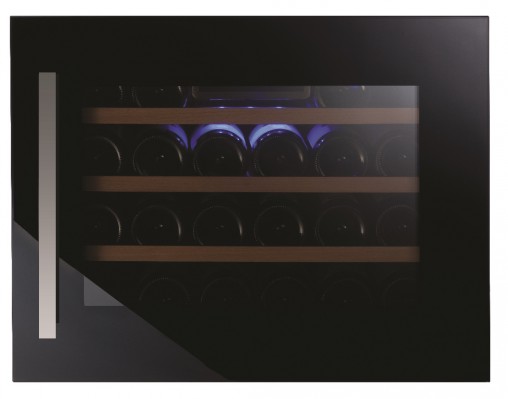
De’Longhi offers built-in and freestanding wine cabinets with different levels of capacity from 22 to 155 bottes to suit a range of needs and expertise.
“De’Longhi wine cabinets enable wine enthusiasts to get the most out of their collection with features such as tinted triple glazed doors that reduce the level of condensation and protect against damaging light extending the shelf life and adding value to the wine,” Finlayson said.
Liebherr, distributed by Andi-Co, is also taking a broad approach to selling in this category, appealing to anyone who likes wine.
David Jones, national wine cellar manager for the German refrigeration specialist said every good retailer qualifies their client: “Simply ask this question ‘Do you have an interest in wine?’
“The appreciation and consumption of wine throughout Australia has increased greatly in recent years,” Jones said.
“Even though a large percentage of wine purchased today is consumed within 48 hours, it still deserves to be served at the correct temperature when you get it home.”
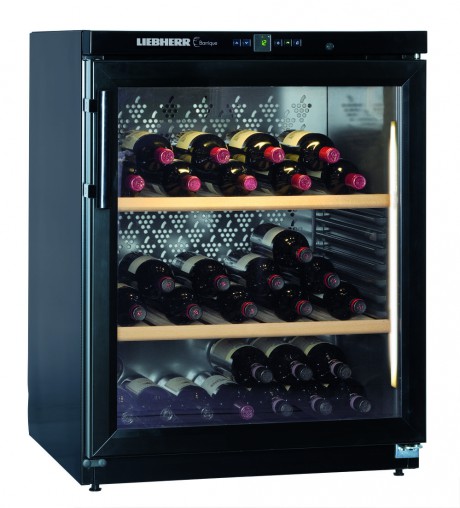
Within the Liebherr range is the Multi, the Dual — which comes recommended by Choice — and Triple Zone wine cellars, which can be set at the perfect serving temperature for all wines.
Temperature and humidity are accurately controlled, regardless of the external fluctuations, and UV light, which ages wine prematurely, is blocked out by tinted and double-glazed glass doors.
“Leave your wine in peace,” Jones advised. “Whilst in storage, wine needs to rest quietly.”
Liebherr wine cabinets have compressors mounted separately from the main cabinet and shock absorbing buffers to prevent movement, and the natural beech wood shelving cradles the bottles to further prevent movement.
A proper understanding of the requirements of wine storage is crucial to drive sales in this category — retailers need to be able to pass this knowledge on to consumers — according to Louise Paynter from Miele Australia.
“To successfully gain sales of wine storage units it is essential that customers understand why it is imperative to store wine in optimum conditions, as well as the advantages that distinguish high quality wine conditioning units from ‘wine coolers,” she said.
“Discerning consumers seek wine storage solutions that eliminate detrimental effects to wine quality. This includes correct storage temperatures; horizontal storing to prevent corks drying out and shrinking; and the elimination of extraneous smells and light, which are factors also harmful to wine.”
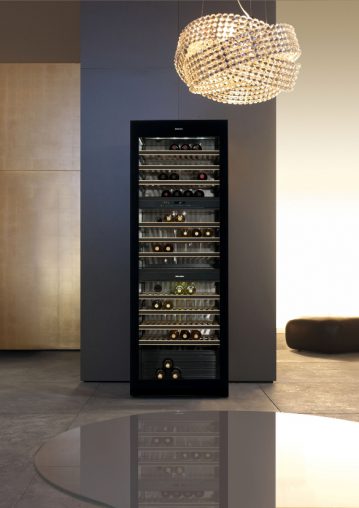
As well as insuring the temperature is accurately controlled, Miele has added extra features for peace of mind such as an audible alarm that sounds if the door is left open too long, if the temperature rises unexpectedly or after a power cut.
“Wine enthusiasts should also consider wine storage that is equipped with proper ventilation,” Paynter said. “This is critical to retain the overall taste of wine as unwanted smells can enter wine through the cork and cause contamination. Miele wine conditioning units are equipped with Active Charcoal Filters to absorb odours and ensure the air inside the appliance is always fresh.”
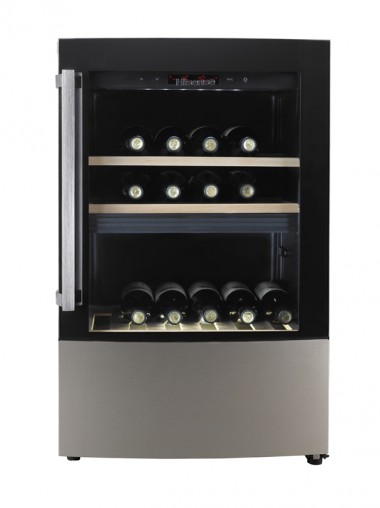
The strategy for Hisense — across wine cabinets and refrigeration — is to bring well-featured models to market at competitive prices.
“Our strategy is very, very consistent,” said national marketing manager Andre Ianuzzi. “It’s about providing consumers with better features and better products. It’s not just a wine cabinet or somewhere to store your wine, it’s about providing a product that gives consumers more value.”
Hisense has two wine cabinets, one with a 58-bottle capacity (RRP $999) and a 36-bottle capacity model (RRP $699). Both have triple glazed glass doors, dual temperature zones and wooden shelves.
Haier message to retailers is to promote the everyday value proposition for these products.
“Price can be a major driver, especially on discretionary items such as wine chillers. But at the same time customers don’t want to sacrifice quality. Haier offers the perfect solution by offering value-for-money for everyday families while still retaining the necessary elements of features, benefits and style,” said Haier Australia brand manager Georgia Way.
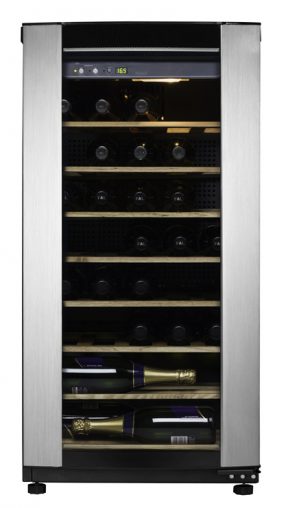
The Haier JC160GD Wine Chiller holds 51 bottles and is RRP $1,099. Lower in price and capacity, the 36-bottle JC110GD Wine Chiller is RRP $599. Both come with 2-year warranties, adjustable temperature control, a double-layer black glass door with aluminium trim and wooden shelving.
Outdoor entertaining in style is becoming more accessible to every Australia household, said Shelley Neill, Arisit marketing communications coordinator.
Arisit distributes Husky fridges, which range from novelty indoor retro fridges to stylish alfresco fridges for entertaining areas.
“Outdoor entertaining is an all-important part of Australian life. Fully equipped alfresco areas are the hottest trend and we believe that the incorporation of outdoor kitchens will soon be an all essential part to every home,” Neill said.
The Husky outdoor underbench fridges are available in three sizes: one, two or three doors (RRP $1,299 to RRP $2,500) and are designed to withstand the extremes of weather, while remaining energy efficient. The doors are heated to stop condensation forming inside the fridge and a LED lighting strip in each fridge means users can view you drinks during nighttime.
For indoor entertaining, the 110-litre Husky retro fridge (RRP $649) is available in red, black and white will add a touch of the 1950s to the home.
